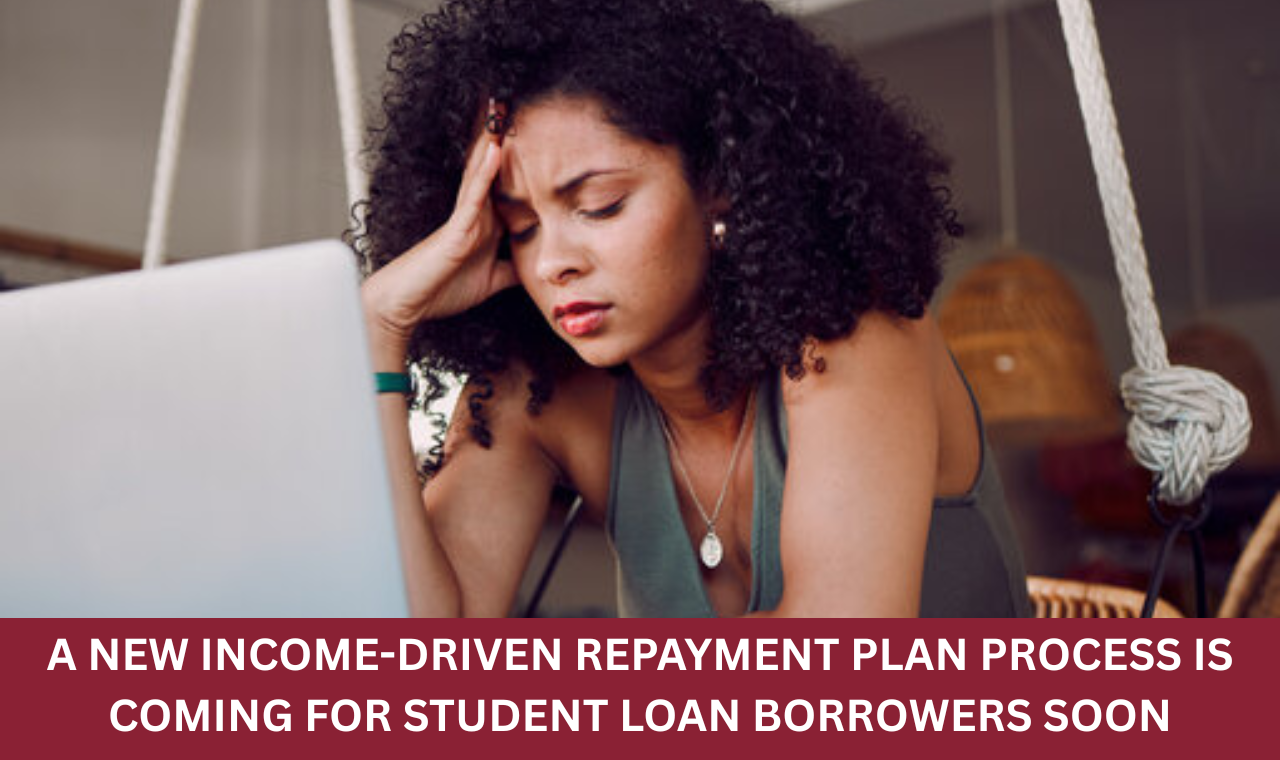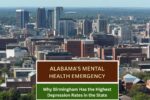In a significant shift for student loan borrowers, the U.S. Department of Education has rolled out a revamped Income-Driven Repayment (IDR) process aimed at simplifying enrollment and reducing the burden of annual income verification. This overhaul is part of ongoing efforts to make repayment more manageable for federal student loan borrowers.
A New Era of Simplified Repayment
Income-Driven Repayment plans, including the popular Pay As You Earn (PAYE), Income-Based Repayment (IBR), and Income-Contingent Repayment (ICR) plans, allow borrowers to tie their monthly payments to their income, which makes it easier for those with fluctuating or low incomes to keep up with their loans. The new process, which is now available, significantly simplifies the way borrowers apply for and manage these plans.
One of the key updates is a streamlined application process. Borrowers can now apply directly for these IDR plans via the U.S. Department of Education’s official website, StudentAid.gov, eliminating the need for navigating complex paperwork or submitting multiple forms. With the new system, borrowers can apply to enroll in, switch between, or update their IDR plans all in one place.
No More Annual Income Recertification
For years, one of the most cumbersome parts of the IDR system was the requirement for borrowers to recertify their income and family size each year. This annual process was time-consuming and often caused confusion, as borrowers needed to ensure they were submitting the correct paperwork in time to prevent their payments from increasing.
However, the newly updated IDR process eliminates the annual income recertification requirement. Borrowers will no longer need to submit proof of income or family size each year, making the system easier to navigate and ensuring that their payments remain stable without the hassle of yearly updates.
This change is especially significant for borrowers in challenging financial situations, as it removes a barrier that many faced when they were unsure how to manage their repayments year after year.
Resumption of Applications
For those who had been waiting to apply for an IDR plan, the application process has officially resumed. Earlier, the application had been temporarily closed due to legal challenges surrounding the Saving on a Valuable Education (SAVE) plan. These challenges caused a pause, but now borrowers can once again apply to join, update, or switch between IDR plans through the StudentAid.gov portal.
The Department of Education’s effort to resume and streamline the process offers hope to borrowers who had been in limbo. Borrowers who had been enrolled in defaulted loan status were particularly affected, as they could not apply for repayment modifications during this pause. Now, with the reopening of the application portal, these borrowers can seek assistance in making their payments more manageable under IDR.

Defaulted Loans and Options for Borrowers
While many borrowers are celebrating the return to streamlined IDR options, it’s essential to remember that borrowers with defaulted federal loans are still facing challenges. Starting May 5, 2025, the Department of Education will resume collections on defaulted loans, including wage garnishments, tax refund seizures, and other forms of debt collection.
Borrowers in default are strongly encouraged to take action before collections resume. The Department of Education offers various options for resolving default, including loan rehabilitation, consolidation, and enrolling in IDR plans. Borrowers in default can find more information on resolving defaulted loans on the Federal Student Aid website.
The Impact of Legal Challenges
In addition to changes in how borrowers apply for and manage their payments, the Saving on a Valuable Education (SAVE) plan which sought to further lower payments and accelerate loan forgiveness—has been temporarily blocked by a federal court. As of now, key provisions of the SAVE plan, such as lower monthly payments for borrowers and faster forgiveness, are on hold pending the legal outcome.
Despite this setback, the changes to the IDR process such as the elimination of annual recertification and the simplified application process still stand. Borrowers can now apply to enter these programs and expect a more straightforward path to manageable repayments without the looming requirement of recertification each year.
The Road Ahead for Borrowers
As the Department of Education moves forward with the revised IDR application process, borrowers will benefit from a more efficient system that cuts down on paperwork and administrative delays. The elimination of annual recertification is a particularly welcome change, as it reduces confusion and makes it easier for borrowers to stay on track with their student loan repayments.
While the legal challenges surrounding the SAVE plan continue, the new process represents a significant step in making student loan repayment more accessible for millions of borrowers. By offering a simplified approach, the Department of Education aims to ease the burden of student loan debt, helping borrowers focus on repayment without getting bogged down by administrative complexities.
Key Takeaways for Borrowers:
- Streamlined Application Process: Borrowers can now apply directly through StudentAid.gov to enroll in or update their IDR plans.
- No Annual Income Recertification: The requirement for borrowers to annually submit proof of income and family size has been eliminated.
- Resumed Applications: The IDR application process is back online after being temporarily paused.
- Defaulted Loans: Borrowers in default should act before May 5, 2025, to avoid collections and explore options like loan rehabilitation or enrollment in IDR plans.
The updates to the Income-Driven Repayment system are part of ongoing efforts to reduce the student loan burden for borrowers and improve the efficiency of the federal student loan system. Borrowers are encouraged to visit StudentAid.gov for the latest information and to explore their repayment options.
Final Thoughts
The U.S. Department of Education’s updates to the Income-Driven Repayment system offer much-needed relief to borrowers, making the process simpler and more accessible. The removal of annual income recertification and the streamlined application process will help borrowers manage their payments with less hassle. While legal challenges to the SAVE plan persist, these changes are a step in the right direction for easing student loan burdens. Borrowers should take advantage of these updates by visiting StudentAid.gov and exploring their options to stay on track with repayment.

Pankaj Kumar is a skilled content writer at OTE News, focusing on breaking news, technology, and socio-political developments. With a background in Mass Communication, he brings a balanced perspective to his articles, ensuring clarity and reliability. Pankaj has a knack for simplifying complex topics for readers.
In his free time, he enjoys photography, traveling, and experimenting with new cuisines. His curiosity and dedication to truthful reporting make him a valuable contributor to OTE News.




